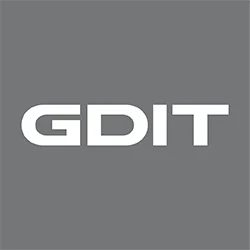Cloud services have completely upended the way agencies plan for and procure government financial planning IT infrastructure services. In the past, in a traditional data center model, costs were informed by two things: fixed capital investments that grew incrementally over time and budget cycles that aligned hardware procurement and resource requirements. Cloud service provider costs are exactly the opposite. Service costs are based on on-demand pricing, and application owners can spin-up an environment instantly, no matter where they are in a procurement or budget cycle.
Reducing wasted or unused resources and managing commitment-based discounts, such as compute savings plans or reserved instances, top the list of priorities for organizations in the year ahead. How, then, can agencies achieve a balance between giving teams mission-enabling performance while also adapting to real-time cost adjustments? Enter: FinOps. FinOps delivers precisely this kind of balance and can result in a significant amount of cost savings because it directly links an application’s processing requirements to CSP service costs in real-time.
GDIT’s recent whitepaper Optimizing Cloud Spend: Adopting a FinOps Governance and Culture explores how agencies can take advantage of all the benefits of cloud services while embracing the governance models and cultural shifts necessary to ensure maximum success.
In the paper developed with Apptio, agencies will find information on how FinOps:
Is a Critical Strategy for Cloud Cost Management: FinOps bridges the gap between technology and financial accountability, enabling organizations to optimize cloud costs through the ability to make real-time adjustments and to implement strategic governance.
Promotes Strategic Cost Oversight and Efficiency: By implementing rigorous oversight of CSP usage, along with leveraging enterprise-level negotiations and reserved instances, FinOps can significantly reduce cloud expenditures.
Empowers Organizations with Advanced Tools and a Collaborative Culture: A collaborative FinOps culture, supported by advanced reporting and forecasting tools, empowers stakeholders to make informed decisions, driving cost-efficiency and maximizing it value.
Helps Navigate Opportunities for Savings and Operational Efficiencies: Active configuration management and exploring third-party software opportunities in the CSP marketplace are key strategies for achieving additional savings and operational efficiencies.
We hear from agencies all the time about the importance of providing oversight of CSP usage and costs. Enabling a data-driven, FinOps governance and culture is the key to eliminating waste, reducing efficiencies, and improving performance – and that is something that is essential no matter the mission.






